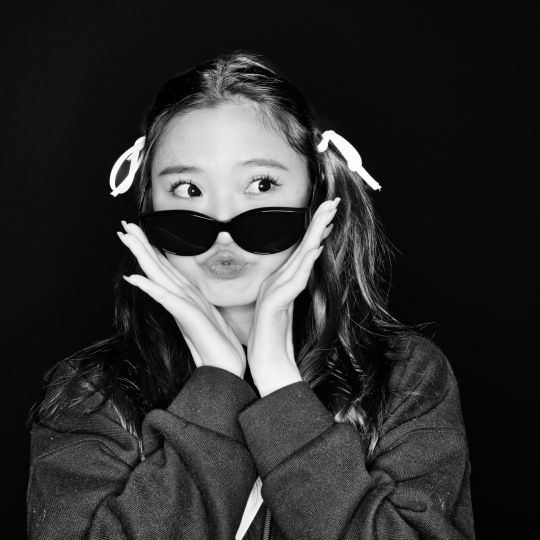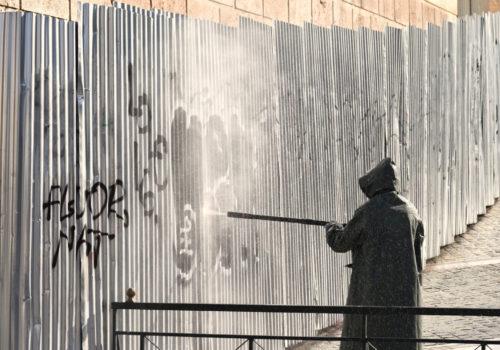Laurence Miller Gallery recently acquired a large group of over 100 original Eadweard Muybridge collotypes. We invite you to view these works, which are as abidingly delightful as they are historically significant.
It all began with a horse. In 1872, the former governor of California, Leland Stanford, hired Eadweard Muybridge to make a photograph that would be the first of its kind: a picture capturing the gate of his racehorse Occident galloping at full speed. Thus began Muybridge’s quest to develop high-speed photography that could capture “animal locomotion”.
On June 15th, 1878, the press was invited to witness Muybridge’s early achievements in this area: using a bank of 12 cameras on a Palo Alto race track which (with shutters triggered by a tripwire) he could capture the movements of a galloping horse. The news of this innovation was reported across the world—publishers could not yet reproduce high quality photographs, so magazines like Scientific American printed the images using wood engravings.
Muybridge was invited to continue this work at the University of Pennsylvania and between 1883 and 1886 he worked prolifically, creating sequential images with his multi-camera setup in his new outdoor studio. He recruited athletes and local residents as models, and even borrowed animals from the Philadelphia Zoo. The photos were published in 1887 as a 11 volume collotype portfolio with 781 plates: Animal Locomotion: an Electro-photographic Investigation of Consecutive Phases of Animal Movements.
After the portfolio was published, Muybridge travelled widely, lecturing on the “Science of Animal Locomotion”. He used a device he had invented, the “zoopraxiscope”, to project his photographs in an early motion picture technique and, thus, operated the first commercial movie theaters.
The print Horse Clinton cantering, bareback with nude rider, 1887 is a fine example of the qualities that make Eadweard Muybridge’s photography so enduring. On one hand, the striking image of the horse with its bareback rider evokes classical equestrian statuary—the white horse’s frozen canter looks like it could be a carved marble in a Roman piazza. At the same time, Muybridge’s motion studies—which advanced photography by shortening shutter speeds to a fraction of a second—laid the groundwork for the quintessential 20th century art form: the motion picture. Like Renaissance artists and Hollywood filmmakers, Eadweard Muybridge wove art and science together to create a lasting vision.
http://www.laurencemillergallery.com/exhibitions/eadweard-muybridge2/selected-works?view=thumbnails
www.laurencemillergallery.com
[email protected]
















